Autumn Sage Companion Plants That Will Make Your Garden Pop
Autumn sage (Salvia greggii) is a beautiful and versatile plant that can add a splash of color to any garden. It's also relatively easy to care for, making it a great choice for even novice gardeners.
One of the best things about autumn sage is its long blooming period. It typically blooms from spring to fall, and in some cases, even into winter. This makes it a great choice for extending the color in your garden.
Another great thing about autumn sage is its variety of colors. It comes in shades of red, pink, orange, yellow, and white. This means you can find a variety to match your garden's color scheme.
Autumn sage is also a great choice for attracting pollinators. Hummingbirds, butterflies, and bees love the nectar-rich flowers. So if you're looking to attract some of these beneficial insects to your garden, autumn sage is a great option.
Of course, no plant is perfect. Autumn sage can be susceptible to powdery mildew, especially in humid climates. It's also important to note that autumn sage is not cold-hardy, so it will need to be brought indoors or covered in colder climates.
Overall, autumn sage is a great choice for adding color, pollinators, and interest to your garden. If you're looking for a low-maintenance plant that will bloom for months, autumn sage is a great option.
Here are some companion plants that will make your autumn sage garden POP:
- Zinnia: Zinnias are another easy-care plant that blooms for months. They come in a variety of colors, so you can find some to complement your autumn sage. Zinnias also attract pollinators, so they're a great choice for a pollinator-friendly garden.
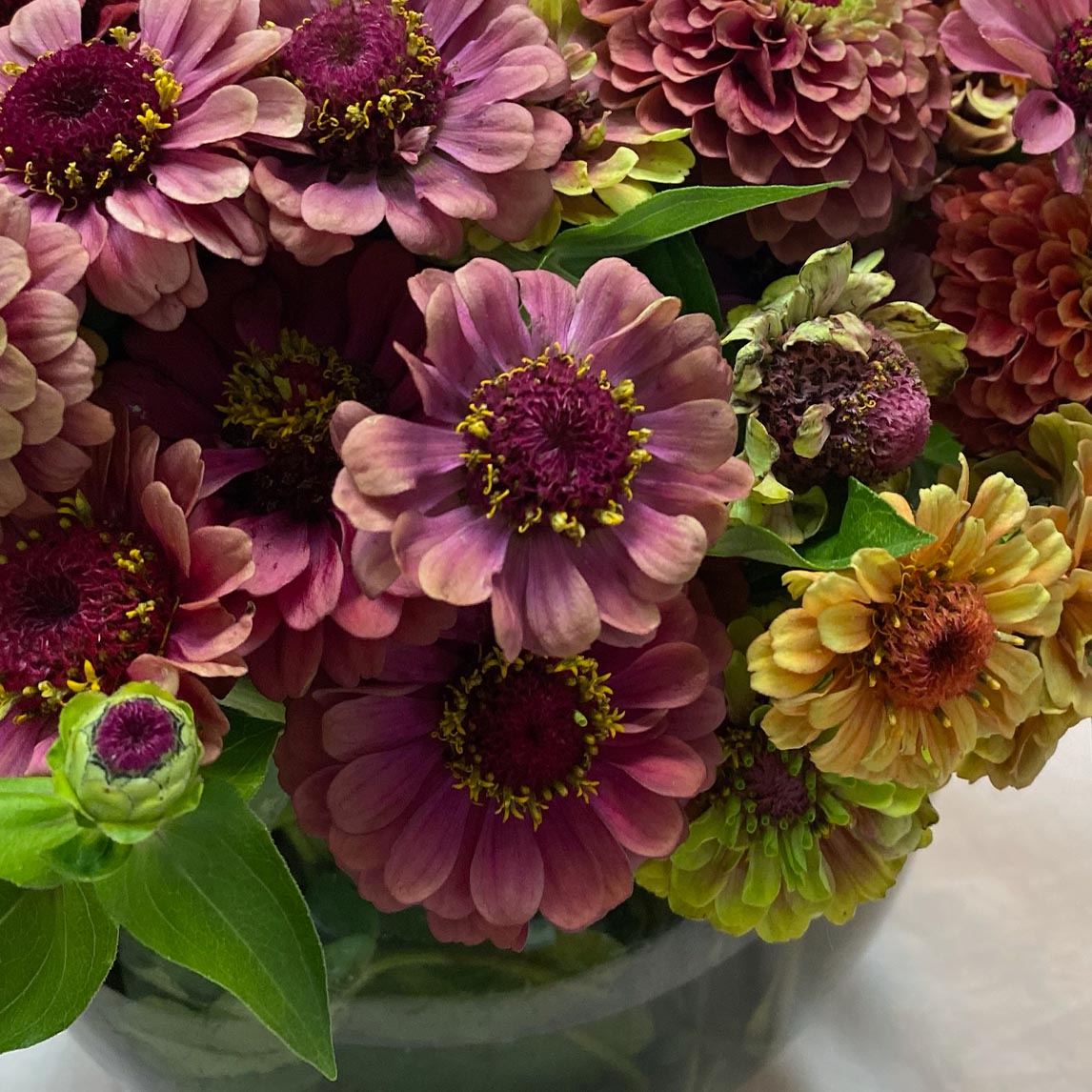
- Gaillardia: Gaillardias, also known as blanket flowers, are another great choice for companion plants for autumn sage. They come in a variety of colors, including red, orange, yellow, and pink. Gaillardias are also drought-tolerant, so they're a good choice for gardens in hot, dry climates.
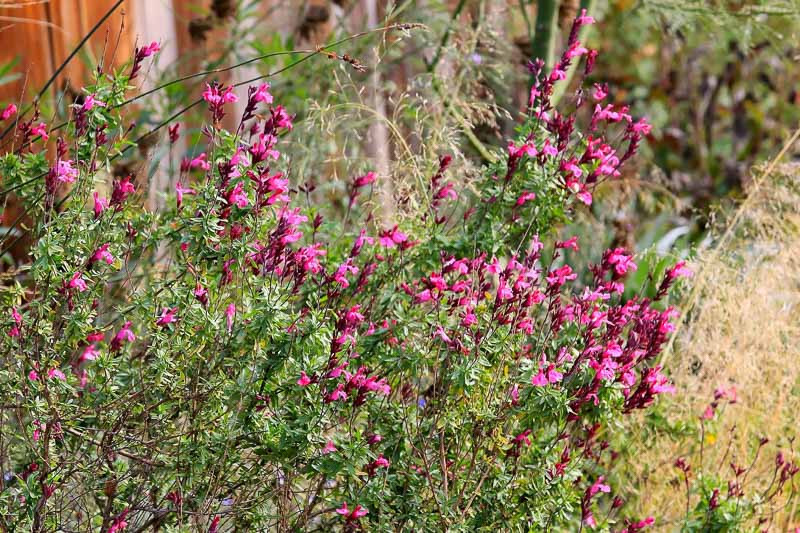
- Rudbeckia: Rudbeckias, commonly known as black-eyed Susans, are another popular choice for companion plants for autumn sage. They come in a variety of colors, including yellow, orange, and red. Rudbeckias are also relatively tall plants, so they can help to add height and structure to your garden.

- Mexican sunflower: Mexican sunflowers are a great choice for adding a tropical feel to your garden. They come in a variety of colors, including yellow, orange, and red. Mexican sunflowers are also heat-tolerant, so they're a good choice for gardens in hot climates.

- Blue salvia: Blue salvia is a beautiful plant that can add a touch of elegance to your garden. It blooms in shades of blue, purple, and lavender. Blue salvia is also drought-tolerant, so it's a good choice for gardens in hot, dry climates.

- Mexican bush sage: Mexican bush sage is a low-growing plant that is perfect for adding groundcover to your garden. It blooms in shades of pink, purple, and white. Mexican bush sage is also drought-tolerant, so it's a good choice for gardens in hot, dry climates.

- Lavender: Lavender is a classic companion plant that goes well with many other plants. It blooms in shades of purple and blue. Lavender is also drought-tolerant and deer-resistant, so it's a good choice for many gardens.
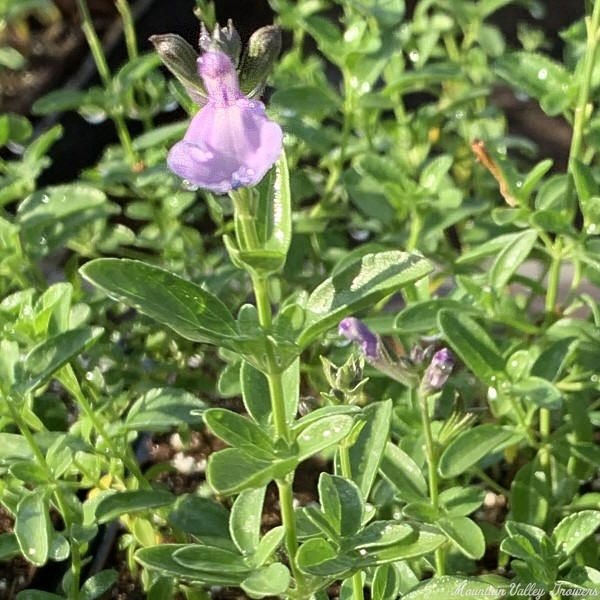
- Coral honeysuckle: Coral honeysuckle is a beautiful vine that can add a touch of sweetness to your garden. It blooms in shades of orange and red. Coral honeysuckle is also drought-tolerant and deer-resistant, so it's a good choice for many gardens.
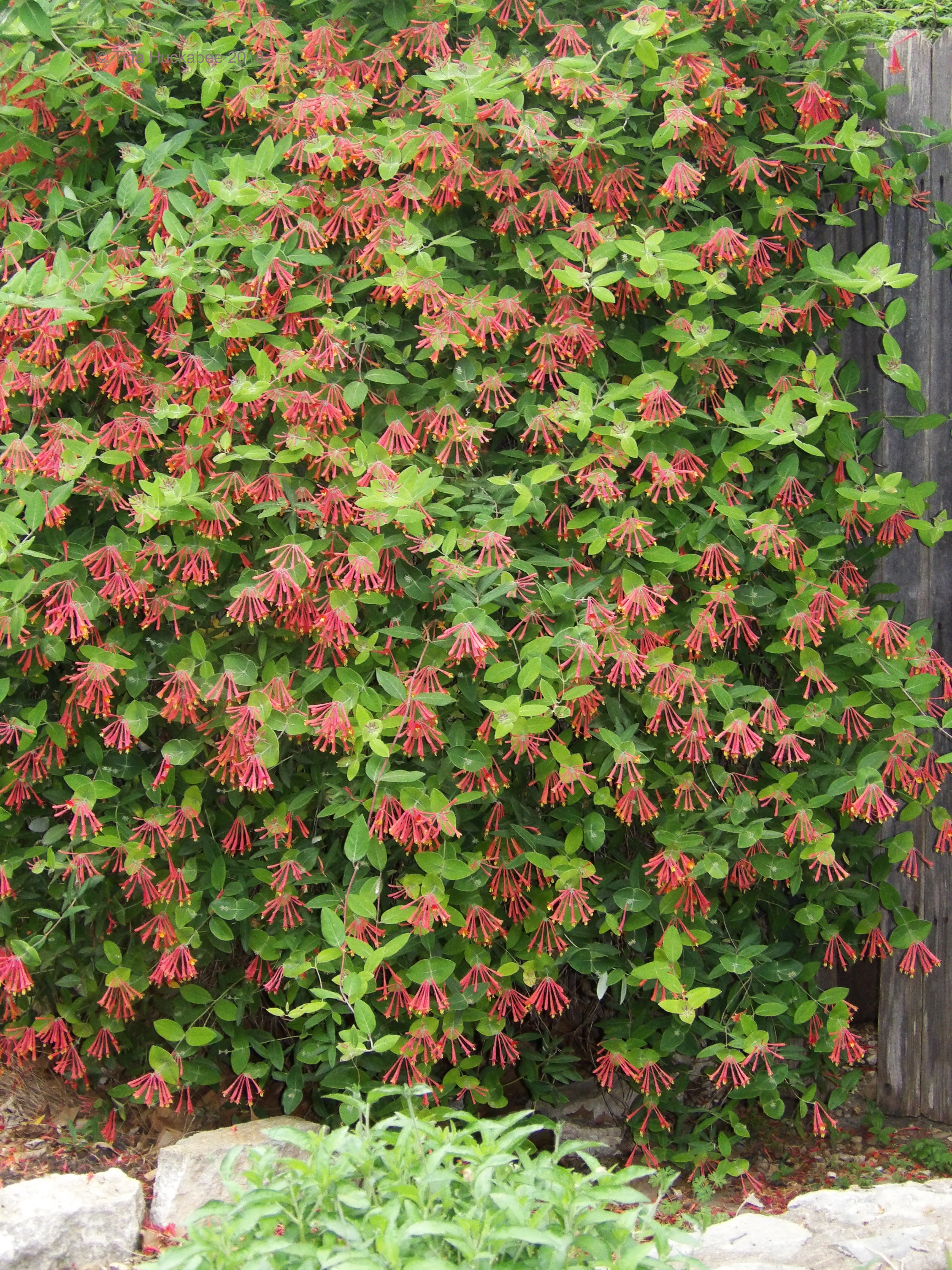
These are just a few of the many companion plants that you can pair with autumn sage. When choosing companion plants, it's important to consider the plant's growth habit, sun requirements, and water needs. By choosing plants that have similar needs, you can help to ensure that your plants thrive.
Autumn sage (Salvia greggii) is a beautiful and versatile plant that can add color and interest to any garden. It blooms from spring to fall, and its flowers come in a variety of colors, including red, pink, purple, orange, and white. Autumn sage is also drought-tolerant and relatively pest-free, making it a low-maintenance choice for gardeners of all skill levels.
If you're thinking about adding autumn sage to your garden, you may be wondering what companion plants would work well with it. Here are a few suggestions:
- Zinnia elegans (Zinnia): Zinnias are another brightly colored summer bloomer that will complement the hues of autumn sage. They also have similar growing requirements, so they're a good choice for companion planting. Gardenia Inspiration
- Gaillardia pulchella (Blanket flower): Blanket flowers are another drought-tolerant option that will add a splash of color to your garden. They come in a variety of colors, including red, orange, yellow, and pink. Gardenia Inspiration
- Rudbeckia hirta (Black-eyed Susan): Black-eyed Susans are a classic summer flower that will add height and interest to your garden. They bloom from late summer to fall, so they'll provide color well into the autumn season. Gardenia Inspiration
For more information about autumn sage companion plants, please visit Gardenia Inspiration. This website has a wealth of information on a variety of gardening topics, including companion planting. You can also find photos and descriptions of different companion plants, so you can choose the ones that will best complement your autumn sage plants.
FAQ of autumn sage companion plants
- What are some good companion plants for autumn sage?
Autumn sage (Salvia greggii) is a sun-loving, drought-tolerant perennial that can grow up to 3 feet tall and wide. It blooms from spring to fall with colorful flowers, including red, pink, purple, and yellow. Some good companion plants for autumn sage include:
* Lavender: Lavender is another drought-tolerant plant that loves full sun. It has fragrant flowers that attract butterflies and other pollinators.
* Gaura: Gaura is a tall, airy plant with delicate pink or white flowers. It blooms from summer to fall and attracts butterflies and hummingbirds.
* Rockrose: Rockrose is a low-growing shrub with fragrant yellow flowers. It is drought-tolerant and can grow in poor soil.
* Mugwort: Mugwort is a hardy perennial with silvery-green leaves and small yellow flowers. It is known for its insect-repelling properties.
* Everlasting flowers: Everlasting flowers are a group of plants that have flowers that last for a long time. They come in a variety of colors and can be used to add color and interest to your garden throughout the year.
- How far apart should I plant autumn sage companion plants?
The spacing requirements for autumn sage companion plants will vary depending on the size of the plants. In general, you should space them about 1-2 feet apart. If you are planting larger plants, such as lavender or rockrose, you may need to space them further apart.
- When should I plant autumn sage companion plants?
Autumn sage companion plants can be planted in spring or fall. If you are planting them in spring, wait until the soil has warmed up to at least 60 degrees Fahrenheit. If you are planting them in fall, plant them at least 6 weeks before the first frost.
- How do I care for autumn sage companion plants?
Autumn sage companion plants are relatively low-maintenance. They need full sun and well-drained soil. Water them regularly during the first year after planting, but once they are established, they are drought-tolerant. You may need to fertilize them once a year in spring with a balanced fertilizer.
- How do I propagate autumn sage companion plants?
Autumn sage companion plants can be propagated by cuttings or seeds. To propagate by cuttings, take 4-6 inch cuttings from healthy, non-flowering stems in spring or summer. Dip the cuttings in rooting hormone and plant them in a well-draining potting mix. Keep the potting mix moist and place the cuttings in a warm, sunny location. The cuttings should root in 4-6 weeks. To propagate by seeds, sow the seeds in a well-draining potting mix in spring. Keep the potting mix moist and place the pot in a warm, sunny location. The seeds should germinate in 2-4 weeks.
Image of autumn sage companion plants
Here are 5 different images of autumn sage companion plants from Pinterest:
- Lavender is a classic companion plant for sage. They both thrive in full sun and well-drained soil. Lavender's delicate purple flowers complement sage's bright pink or blue flowers.
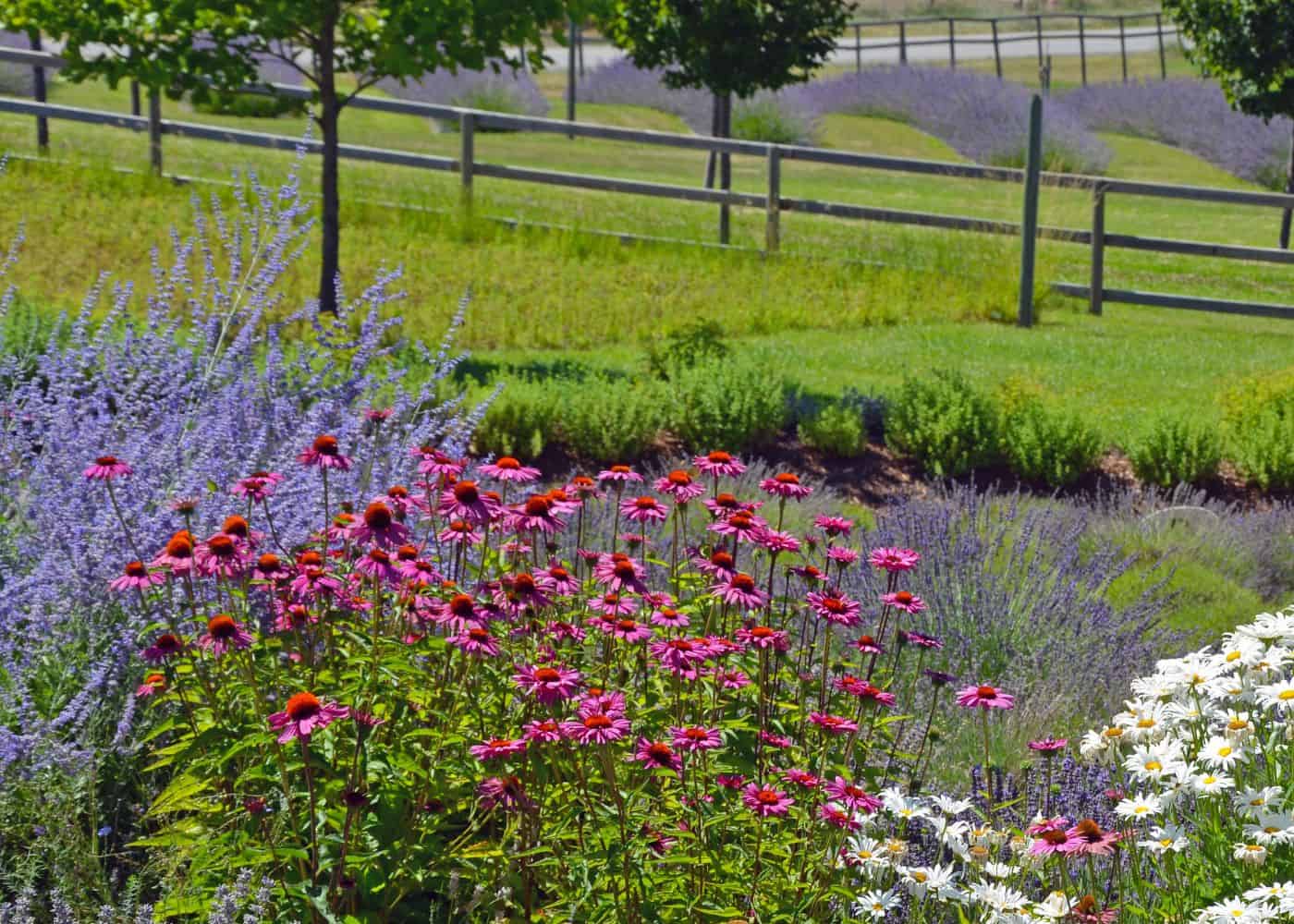
- Yarrow is another drought-tolerant plant that can be planted alongside autumn sage. It blooms in a variety of colors, including white, yellow, and pink. Yarrow's daisy-like flowers attract pollinators, which can help to improve the pollination of your autumn sage plants.

- Mexican Heather is a low-growing evergreen shrub that can be used to fill in the spaces between autumn sage plants. It blooms in shades of pink, purple, and white. Mexican Heather is also deer-resistant, which can be a plus if you have deer in your area.
- Coneflower is a tall, upright plant that can add height and structure to your autumn sage garden. It blooms in shades of purple, pink, and yellow. Coneflower is also a pollinator magnet, so it's a great choice if you're looking to attract bees, butterflies, and other beneficial insects to your garden.

- Aster is a late-blooming perennial that can add color to your garden in the fall. It blooms in shades of blue, purple, and pink. Aster is also a deer-resistant plant, so it's a good choice if you have deer in your area.

Post a Comment for " Autumn Sage Companion Plants That Will Make Your Garden Pop"